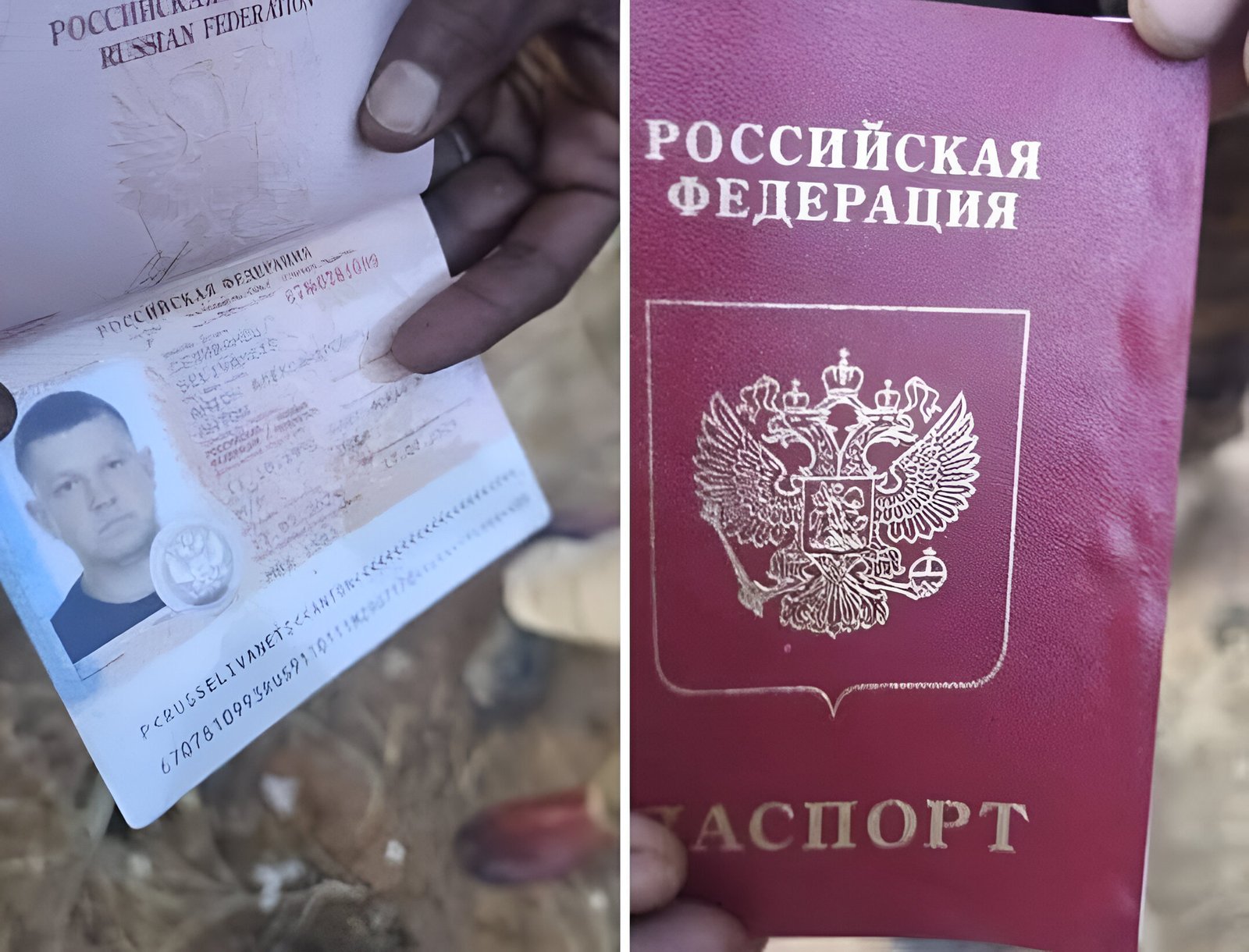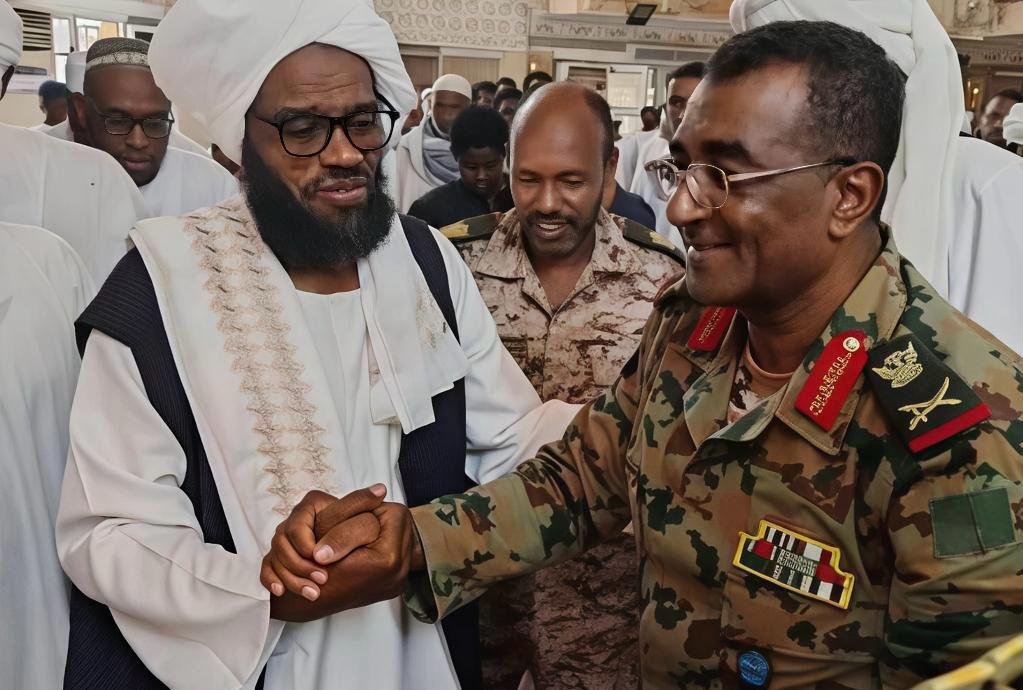SPT
Rapid Support Forces Claim Responsibility for Downing the Aircraft
The Rapid Support Forces (RSF) announced in an official statement that their air defenses successfully shot down an “Ilyushin 76” aircraft in the early hours of Monday, October 21, over the Al-Malha area in North Darfur. The RSF accompanied their statement with images and videos showing the wreckage of the plane, charred bodies, identification documents, and a Russian passport belonging to Viktor Granov. Additionally, they presented the aircraft’s black box as part of the evidence.
Meanwhile, the Sudanese Armed Forces have yet to issue any official statement regarding the incident.
Conflicting Narratives and Misinformation
Amid the developments, narratives began circulating through media outlets aligned with the Sudanese Armed Forces, denying the plane’s affiliation with the military. These reports claimed the aircraft was en route from the UAE, carrying supplies and equipment for the RSF, and that its downing was the result of a coordination error between the RSF’s high command and field units.
This narrative gained significant traction on social media, further complicating the public’s perception and fueling misinformation.
Verified Facts from Trusted Sources
Military and security sources confirmed to us that the “Ilyushin 76” aircraft downed by the RSF indeed belonged to the Sudanese Armed Forces. These sources clarified that the plane was one of only two “Ilyushin” aircraft owned by the Sudanese military.
A source at the Port Sudan airbase stated that the plane was on a military mission heading to El-Fasher. The mission was successfully completed, as the aircraft delivered military supplies, including weapons, ammunition, and medical aid, to the Sixth Infantry Division in El-Fasher. However, on its return journey, it was brought down over the Al-Malha area northeast of the city.
The source further confirmed that the aircraft carried a crew of five, including the Russian pilot and his co-pilot, as well as three members of the Sudanese Air Force: Colonel Pilot Al-Moez Omar Abshir, aviation engineer Babiker Al-Sayed Gadoura, and technical assistant Sufyan Khalafallah.
Implications and Context
The downing of the “Ilyushin 76” highlights the role played by certain media platforms in propagating falsehoods and war propaganda, which only serve to exacerbate the conflict and prolong its duration.
The incident also brings renewed attention to the involvement of Russian and Ukrainian mercenaries in the Sudanese war. These mercenaries, according to various sources, play a significant role in escalating the conflict by conducting aerial strikes targeting civilians and infrastructure using drones and air raids.
The downing of the “Ilyushin 76” clearly illustrates how misinformation intertwines with facts in a war marked by growing external interventions. The undeniable reality remains that civilians bear the brunt of a conflict in which devastating modern military technologies are used indiscriminately.
This incident underscores the urgent need for increased transparency and accountability from those fueling the conflict. As evidence mounts regarding regional and international agendas exacerbating Sudan’s crisis, the pursuit of a political solution to end the country’s suffering becomes even more critical.




